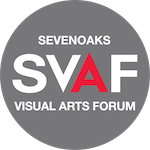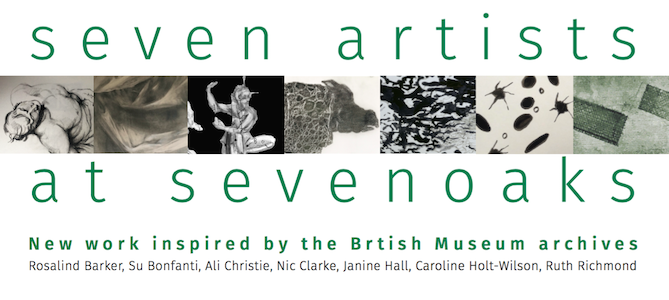October 24th – November 3rd
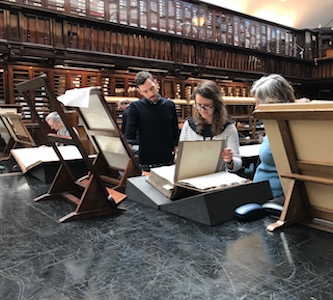
Contemporary drawings from the MA British Museum project.
Seven artists who met studying MA Drawing at The Centre for Drawing, University of the Arts London. During their MA they had the opportunity to visit the British Museum Prints and Drawings Archive and to study items from the collection with Isabel Seligman, the Bridget Riley Art Foundation Exhibition Curator.
Through her, they have continued visits, allowing them to explore the collection’s breadth and depth. This is the first exhibition of these new contemporary drawing inspired from this process.
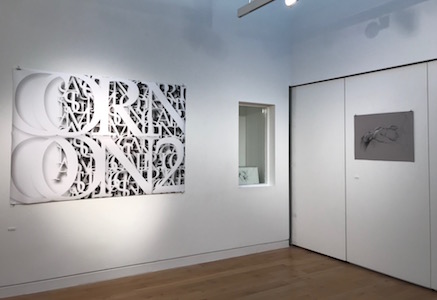

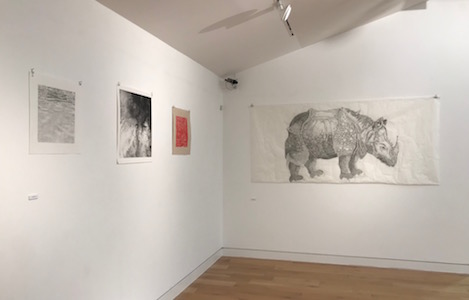
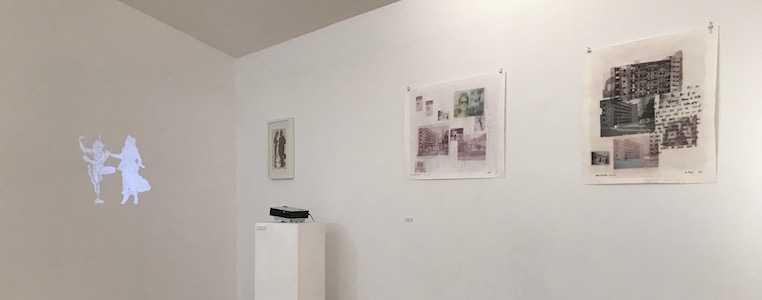
Invitation
Meet the artists and join them for tea and cake on 3rd November 11 – 2 30pm
Rosalind Barker, Su Bonfanti, Ali Christie, Nic Clarke, Janine Hall, Caroline Holt-Wilson, Ruth Richmond
Caroline Holt-Wilson MA
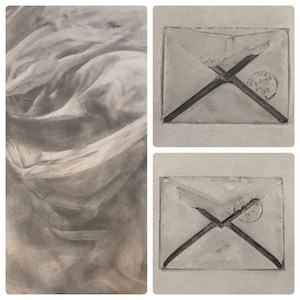
British Museum Ref: William Blake
Thinking through drawing, my practice is concerned with the spatial sense of absence and time. I am curious about what we can’t see, and the space or gaps where this information may be held. Research in the British Museum Study Room led me to consider the death related more sketchy works of William Blake – partially finished works where certain conjecture is necessary to complete the story.
Ruth Richmond MA
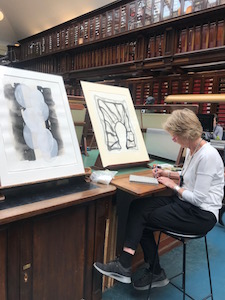
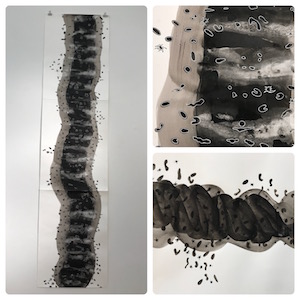
British Museum Ref: Alfred L. Copley
I have taken my inspiration from the work of the artist known as L.Alcopley. (1910-1992).
Before becoming an artist this German-American was first a botanical scientist called Alfred Lewin Copley. His interest was in hemorheology and his first drawing I came across in the British Museum was a drawing of blood cells. I began copying the shapes and re arranging in different formats. I was already thinking about the Gestalt theory of something, in this case a drawing, and how separate elements or marks becomes the sum of their parts. Thinking of blood cells I realised I had a secondary interest as I have a genetic condition thrombocythemia whereby my bone marrow makes too many platelets. For the first time I have taken more interest in this condition and started researching and drawing blood cells, red white and platelets and looking at the blood flow. The varying shapes and how they bend and squeeze through the blood vessels and float freeform in the carrying plasma fascinate me. I have aimed, in three steps to show the general cells, the cells in more detail showing the platelets and then lastly showing the random cell ‘dance’ whilst suspended in the plasma as it runs through our blood vessels. All the time finding a playful way to interpret a complicated subject matter.
Su Bonfanti MA
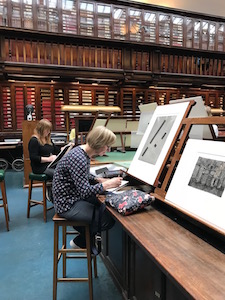

British Museum Ref: Hughie O’Donoghue and Keith Coventry
The pieces in this show are part of my continuing exploration of the role of memory in the story we tell ourselves and others about our lives. I planned to use ideas from the work of Keith Coventry – the use of cross-hatching, an interest in council estate layouts and so on – but what influenced me more in the end was a work I explored less but which resonated more: ‘Course of the Diver’, 2005 by Hughie O’Donoghue. This is a collection of 20 unbound pages, using painting, drawing, collage, photo printing and more, to relate the journey of an unnamed soldier in Italy in 1944. O’Donoghue speaks of ‘re-membering’ events from someone else’s life: ‘a creative construction’ ‘an attempt to understand and perhaps unearth some meaning or truth.’ Like him, I strive to give my work ‘archaeological dimension, as though something is being excavated or uncovered’.
Nic Clarke MA
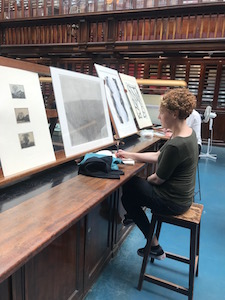
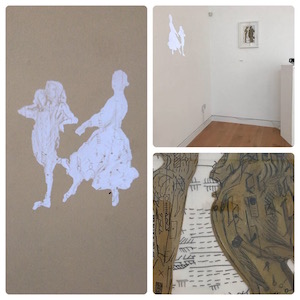
British Museum Ref: John White, Barbara Hepworth, and Raphael.
My work is centred on investigating where choreology sits in the greater world and whether we can represent the body moving through space and time in visual art. Through animations and stills, I aim to explore the interconnection of movement, choreology and visual art.
Janine Hall MA
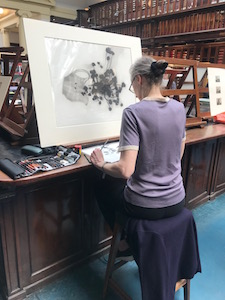
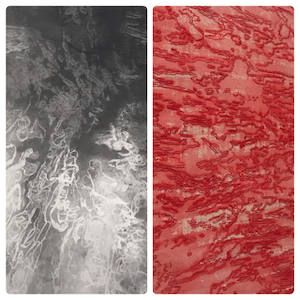
British Museum Ref: Peter Doig, Vija Celmins and Cornelia Parker
I have, for a while, been following a thread across my work that involves shadows, light and reflections. I look for the abstract in the world around me and enjoy abstracting an image further through different marks and ways of drawing. The days researching, at the British Museum Drawing prints Department, artists such as Peter Doig and his Blotter series, Vija Celmins drawings both of the night sky and of waves plus Cornelia Parker’s wonderful series of Polymer photogravure etchings one of which is of a jug, spilt water and ice cubes has helped me to do this.
Rosalind Barker MA


British Museum Ref: Albrecht Durer ‘Rhinoceron’ 1515 Drawing and woodcut.
Albrecht Durer ‘Rhinoceron’ is an instantly recognisable iconic, durable image. Forty five thousand copies were made in his lifetime and the 21stCentury Internet is rife with online booty bearing this woodcut image.
No rhinoceros was available to be seen in early 16thcentury Europe. People had written descriptions from as early as Plinny the Elder (AD 23-79) in ‘Natural History’. Durer had never seen the animal when he made the works in 1515. He worked from descriptions in letters and oral accounts. Studying the drawing reveals its amalgamation of imaginative marks. The final woodcut while incorrect is a chimera of multiple horns and marks ‘like’ reptiles, shells, bone, scales, etc as described to him.
My ‘Rhinoceros Domesticus’ 2018 is composed of rubbed domestic objects. Each selected for their ‘likeness’ to the original mark making.
Now 500 years later, future Europeans may only ever imagine this increasingly rare and threatened species.
Alison Christie MA
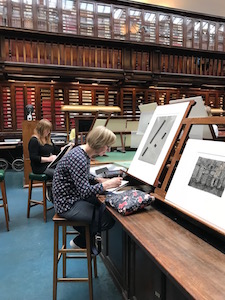
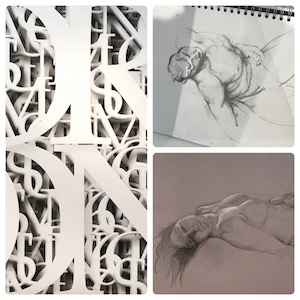
Alison Christie (Back)
British Museum Ref: William Hilton 1786-1839, Hans Holbein the Younger
Due to my interest in life drawing one of my works is in response to a drawing by William Hilton. The subject is a reclining semi clad man, drawn in graphite on coloured paper. What interested me most is the use of white on the figure for highlights. I have drawn my model in a similar pose on a grey background trying to use the same type of strokes as the original.
My other work is in response to Hans Holbein the Younger – who drew type in pen and ink. As a graphic designer I am fascinated with type and its use …I have reacted to this with a modern day version using InDesign and Photoshop.
